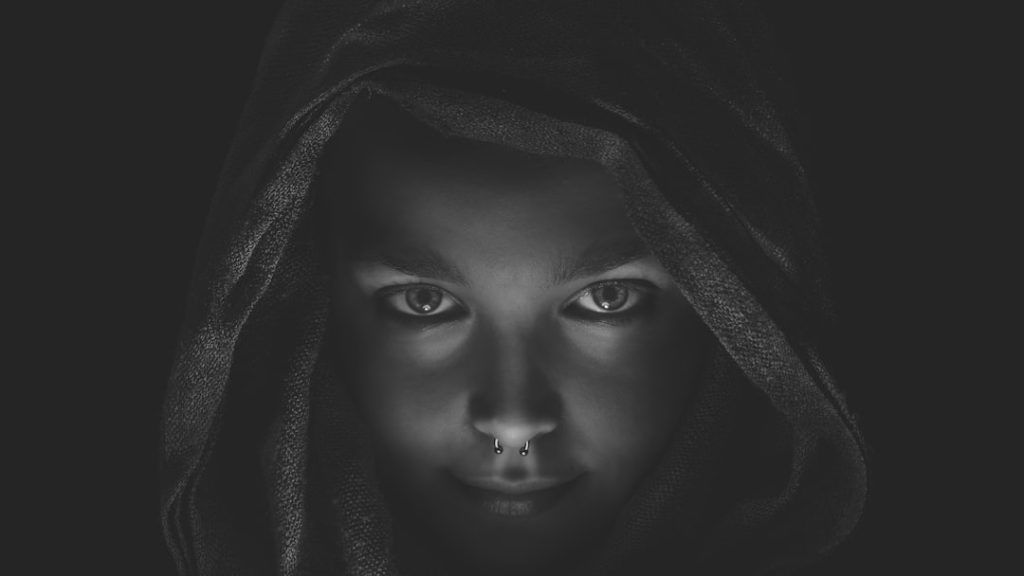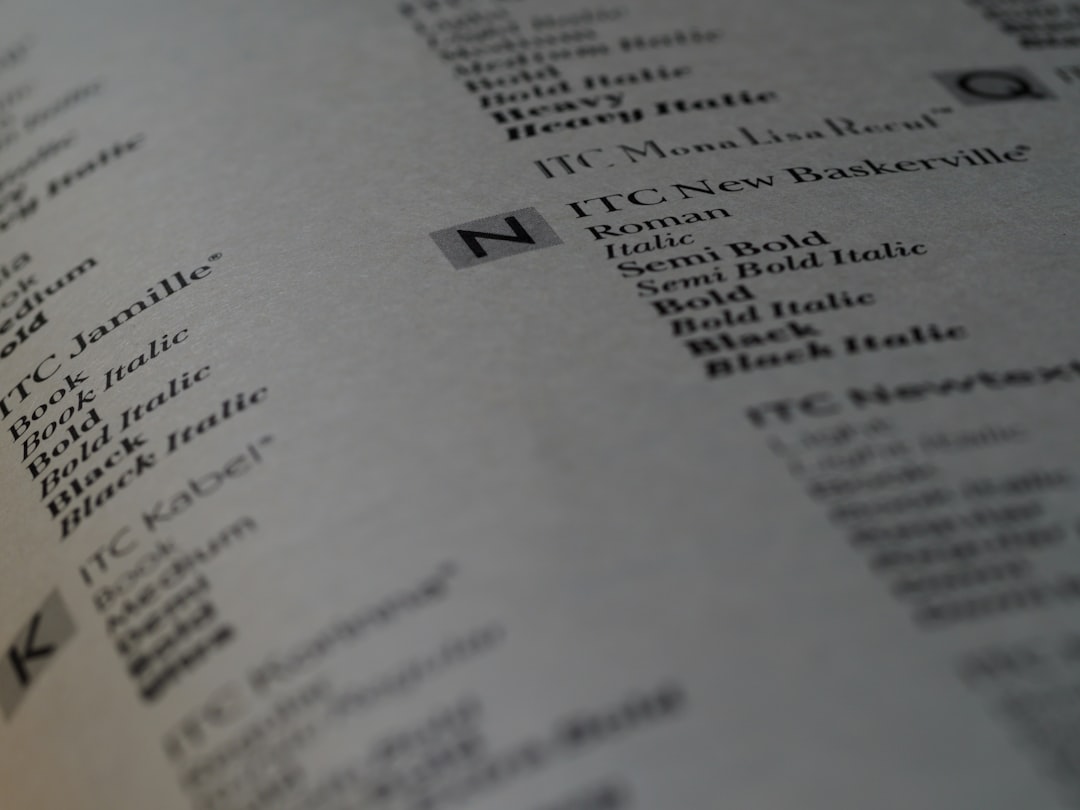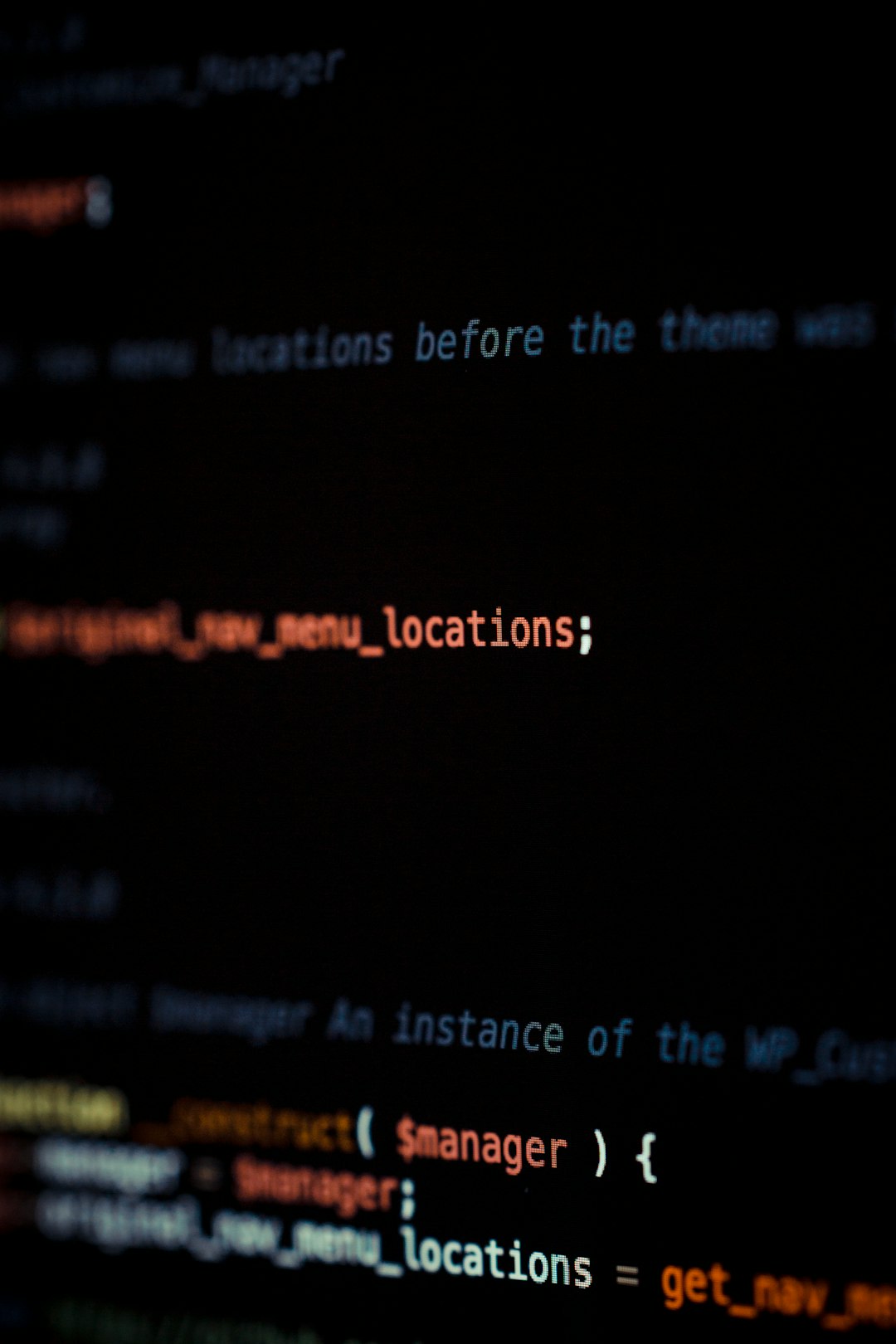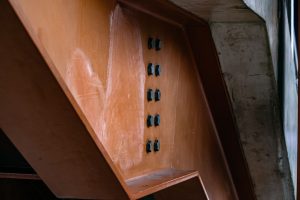5 Ways Journalists Use Reverse Image Search to Verify Facts
5 min read
In today’s fast-paced digital landscape, distinguishing fact from fiction has become more challenging than ever. Journalists, who are the gatekeepers of credible information, face a barrage of images circulated across social media, online forums, and news outlets. Among the most powerful tools they have to combat misinformation is reverse image search. By enabling journalists to trace the origin, context, and authenticity of visual content, this technique plays a vital role in modern investigative reporting.
Let’s explore five practical ways journalists use reverse image search to verify facts, and why it’s become an indispensable part of their fact-checking arsenal.
1. Tracing the Original Source of a Photo
One of the most common tactics misinformation spreaders use is publishing old or misleadingly contextualized images to generate false narratives. During crises—like natural disasters, armed conflicts, or political upheaval—images from unrelated events are often passed off as current documentation.
This is where reverse image search becomes invaluable. Journalists can upload an image into tools like Google Reverse Image Search, TinEye, or Yandex to see where it first appeared online. If an image claimed to be from a recent protest actually turns out to be from a similar event years ago, journalists can uncover the truth and prevent false reporting.

For instance, during the early days of the COVID-19 pandemic, many images of crowded hospitals were circulated globally. Some photos, after being reverse-searched, were revealed to be from unrelated previous incidents like natural disasters that had overwhelmed emergency rooms. This helped ethical news outlets avoid creating unnecessary panic.
2. Checking for Image Manipulation
Misleading visuals don’t always depend on context; sometimes, they’re visually altered. Doctored images—whether photoshopped subtly or blatantly—can mislead publics and tarnish reputations. Journalists use reverse image tools to spot differences in image versions.
If an image exists in multiple forms online, a comparison often reveals edits like added or removed elements, altered colors, or embedded fake messages. TinEye, for example, tracks various versions of an image across time and platforms, showing changes that might indicate manipulation.
Let’s say a viral image seems to show a public figure in the middle of a scandalous act. By reverse searching it and analyzing its earlier iterations, journalists may discover that the subject’s face was superimposed onto another person, revealing the image to be a hoax.
3. Verifying the Date and Location
Getting the timeline and geographical setting of an image wrong can drastically distort a story. With reverse image search, journalists often cross-reference locations and published dates to ensure accuracy in what they report.
Sometimes, an image may appear to show one city during a recent protest, but by tracing it to its previous uses, reporters can discover it was actually taken in an entirely different country or during a different era. This kind of verification plays a big role especially in conflict zones and politically sensitive areas where information is hard to access directly.
In some advanced fact-checking workflows, reverse image results are supplemented with metadata analysis (EXIF data, when available) or geolocating landmarks within the photo itself. Tools like Google Lens and Yandex Image offer additional context, sometimes identifying landmarks or matching architectural features for geolocation.

4. Debunking Viral Social Media Rumors
Social media platforms amplify misinformation at lightning speed. A shocking image with a misleading caption can rack up thousands of shares before fact-checkers even notice. Journalists acting as watchdogs regularly use reverse image search to quell these misinformation wildfires before they spread further.
Let’s consider an image that claims to show alien-like creatures discovered in the Amazon. Many sensationalist posts have gone viral this way. A reverse image search might quickly reveal the image to be a promotional still from a science fiction movie. This allows responsible media to clarify the truth and stem the tide of misinformation.
In some cases, reverse image searches have also proven useful in stopping character assassinations. For example, photos purporting to show celebrities engaging in illicit behavior have turned out to be screenshots from unrelated events, or even deepfaked entirely. A quick search can verify what’s real before irreparable harm is done.
5. Supporting Wider Investigations
Beyond piecemeal fact checks, reverse image search helps journalists build comprehensive investigative reports. By tracing all known appearances of a recurring image, they can map connections between people, events, or propaganda campaigns.
For instance, during the Syrian Civil War, investigative journalists used reverse image searches to piece together evidence of atrocities by matching images shared on social media with satellite images and on-ground footage. This not only helped to verify the authenticity of reports but also to root out coordinated misinformation campaigns.
Investigative outlets like Bellingcat frequently use reverse image searches in combination with other tools like satellite imagery databases and social media analytics. These digital sleuthing techniques have led to the exposure of military disinformation, identifying perpetrators of war crimes, and calling attention to truth in ways that traditional media never could.
Best Practices When Using Reverse Image Search
Reverse image search is powerful but not foolproof. Here are a few best practices journalists follow to make the most of it:
- Use multiple reverse search engines – Each platform indexes different parts of the web. Combining tools like Google, TinEye, and Yandex provides a more holistic view.
- Combine with metadata analysis – If available, image metadata can add another layer of verification such as date and location information.
- Understand file compression patterns – Recognize how platforms alter image quality, which can be clues about where an image originated.
- Cross-check with eyewitness accounts – Use reverse image results to corroborate stories with human sources or credible reporting.
When used wisely, reverse image search doesn’t just debunk a single hoax—it builds trust. It shows the audience that the news agency isn’t just reporting on events, but is rigorously checking and analyzing every piece of content they present.
Conclusion: A Digital Truth-Finding Compass
The digital age has given the world unprecedented access to information—and unfortunately, misinformation too. Tools like reverse image search return some of the power back to the discerning eye of the journalist. They cut through the noise and expose the truth behind virality, attribution, and context.
As newsrooms continue integrating technology into their workflows, reverse image search will remain a frontline tool for those committed to responsible, accurate storytelling in a world ripe with visual deception.



